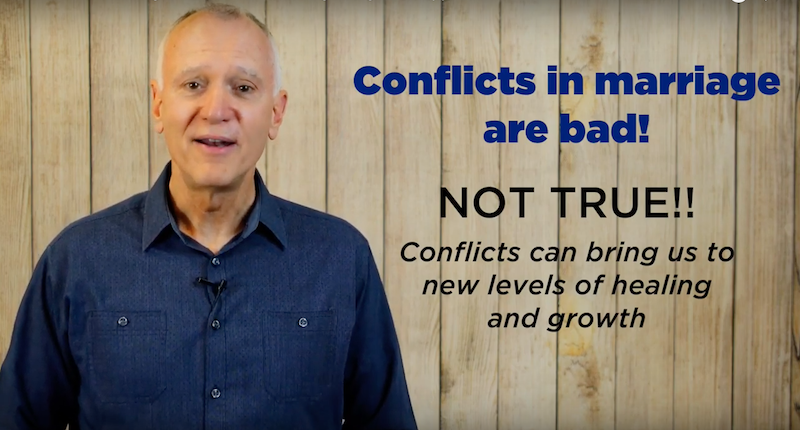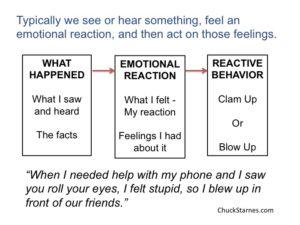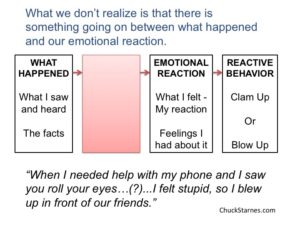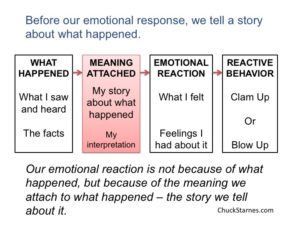Most couples begin their journey with a dream of marital bliss.
But somewhere within the first two years after saying ‘I do’, many get stuck and their dream becomes a living nightmare. Or, at best, a dull and mediocre existence.
How does something so good end up feeling so bad?
It happens when we enter the Power Struggle Stage of marriage. You know you’re in the power struggle when you start wanting your partner to change. ‘If only you would change, I could be happy.’ You start complaining that your needs are not being met. ‘You could meet my needs if you wanted to. And since you don’t, you don’t love me.’
And because unconscious reactions are triggered and emotions surface from places we’re not aware of, we begin reacting in ways that are not helpful in our relationship.
For some crazy reason some partners think, ‘If I cause you enough pain, you will change and meet my needs! Then, we can go back to romantic love.’
But it doesn’t work. It only gets worse. That’s why about 40% of marriages fail. And of the couples who stay together, about 75% report their marriages as unsatisfactory. These couples are stuck.
So how do we get unstuck and back on track toward the marriage we dreamed about in the beginning?
Here are six steps that will help’¦along with an opportunity to enroll in an online course that will take you further, learning all the tools you’ll need.
1. Make a new commitment to pursue your dream marriage
Most things in life don’t come to us unless we go after them. When we get stuck in our relationship it will require a new commitment to get unstuck.
Make a commitment to three things: Reconnecting, Rekindling and Re-envisioning your relationship.
HERE’S HOW THE ONLINE COURSE WILL HELP YOU GO FURTHER.
Week 1: Getting on the journey to your dream marriage
You’ll discover why marriage is the best place to heal and grow and fulfill your life purpose together – no matter how stuck you’ve become.
You’ll look at four stages that most marriages go through, and you’ll work together as a couple to create your own Relationship Vision statement that will help get you back on course and guide you into the future together.
2. Learn how to turn conflicts into a deeper connection with your partner
Allowing conflicts to continue without being resolved will drain the life out of any relationship.
The real problem is that unresolved conflicts block your ability to connect.
When we feel connected everything works. When we feel disconnected nothing works. Cortisol which increases anxiety, and unconscious defenses hurls us into further conflict.
HERE’S HOW THE ONLINE COURSE WILL HELP YOU GO FURTHER.
Week 2: Turning Conflicts into Connection
You’ll learn about the Power Struggle Stage of marriage and why we have conflicts as a couple. You will use the Couples Dialogue to turn these conflicts into connection.
3. Discover root issues that are blocking intimacy
You can resolve conflicts but still not feel connected. You must move beyond the symptoms and deal with root issues that cause your conflicts to keep recurring.
HERE’S HOW THE ONLINE COURSE WILL HELP YOU GO FURTHER.
Week 3: Overcoming Unconscious Barriers to Intimacy
You’ll learn why conflict is a sign you married the right person. You’ll discover what kinds of unconscious forces were in effect when you chose the partner you did, and how there was an unconscious program running in your lower brain that led you to the person best suited to help you heal and grow. You’ll use the Parent/Child Dialogue where you will gain empathy for your partner’s past and learn what to do about the childhood defenses that are blocking your ability to connect.
4. Rekindle romantic love
Couples who have endured long term conflict often lose their feelings for each other. Use the Caring Behaviors exercise to rekindle love and reignite passion in your relaitonship.
HERE’S HOW THE ONLINE COURSE WILL HELP YOU GO FURTHER.
Week 4: Reigniting Your Passion for Each Other
You will add to your toolbox this powerful tool called the Caring Behaviors exercise. It will help you and your partner rekindle romantic love and increase safety and connection in your relationship.
5. Use conflicts as an opportunity to heal and grow
As conflicts are turned into connection, learn to ask for changes that bring healing and growth
HERE’S HOW THE ONLINE COURSE WILL HELP YOU GO FURTHER.
Week 5: Building a Healing and Growth Partnership
You will look at how your partner’s need for healing becomes a blueprint for your own emotional growth. You’ll learn that buried beneath each relationship frustration is a wish. You’ll use the Change Request Dialogue tool to begin a lifestyle of turning frustrations into requests that help you get the love you want, bringing healing to you and growth to your partner.
6. Build a culture of safety, connection, passion and full-aliveness.
Most of the great relationship tools I teach don’t work…that is unless you work them. It’s easy to start well, have a breakthrough, only to go back to old patterns. Build habits that will keep you feeling connected in a stable and secure relationship.
HERE’S HOW THE ONLINE COURSE WILL HELP YOU GO FURTHER.
Week 6: Continuing the journey to your dream marriage
You will learn how to make the relationship tools you’ve learned a lifestyle. You will learn how to develop the habits necessary to sustain change over time and continue the journey to the marriage of your dreams.
Let me encourage you to join me for the six-week online course, Building the marriage of your dreams.
Click here for more info and to enroll in the Couples Online Course.
Also, if you haven’t already…









